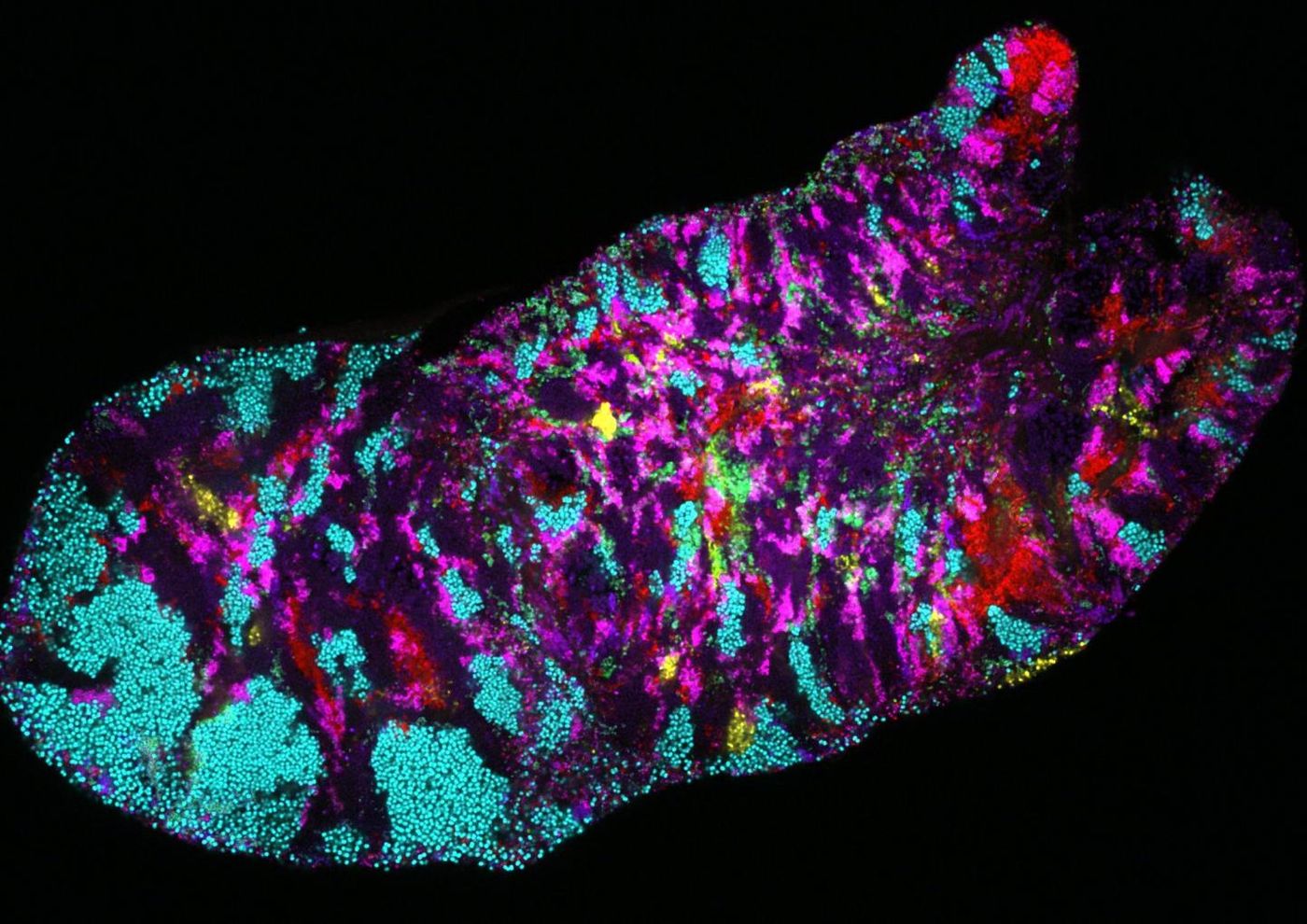Mouth Microbes are Diverse & Distributed in a Very Specific Way
Like some plants and animals, there are bacteria that prefer to live in certain places; they have strong biogeography. But it's difficult to study the environmental and biological circumstances that lead bacteria to leave or invade the areas they inhabit and other questions of microbial ecology in part because microbes are so numerous, diverse, and small. But scientists have now been able to leverage technological advancements in bioinformatics and gene sequencing to learn about the distribution of bacteria in the human mouth. The findings have been reported in Genome Biology.
"As microbial ecologists, we are fascinated by how bacteria can seemingly divide up any habitat into various niches, but as humans ourselves, we also have this innate curiosity about how microbes pattern themselves within our bodies," said lead study author Daniel R. Utter, a Harvard University graduate candidate.
In this study, the researchers analyzed one hundred publicly-available genomes of microbes that are known to live on the mouth in specific places.
"The mouth is the perfect place to study microbial communities. Not only is it the beginning of the GI tract, but it's also a very special and small environment that's microbially diverse enough that we can really start to answer interesting questions about microbiomes and their evolution," said study co-author A. Murat Eren, assistant professor in the Department of Medicine at the University of Chicago.
The scientists found that in the mouth, microbes stick to very specific places. The ones found on the tongue, for example, are genetically very different from what's found on the teeth. "Your tongue microbes are more similar to those living on someone else's tongue than they are to those living in your throat or on your gums!" exclaimed Eren.
They looked at genomes representing four bacterial species: Haemophilus parainfluenzae and oral microbes from the Rothia genus. These references enabled them to assess the microbes from the mouths of hundreds of volunteers, found in the Human Microbiome Project (HMP).
"We used these genomes as a starting point, but quickly moved beyond them to probe the total genetic variation among the trillions of bacterial cells living in our mouths," said Utter. "Because, at the end of the day, that's what we're curious about, not the arbitrary few that have been sequenced."
Metapangenomics is an approach that brings all the genes in a set of related bacteria (pan-genomes) together with the study of all the genetic material in a sample (metagenomics). With this, the scientists could examine the microbial genomes they identified in detail (rather than simply identifying the species that were present, they looked at the individual genes in the microbes).
"We found a tremendous amount of variability," revealed Utter. "But we were shocked by the patterning of that variability across the different parts of the mouth; specifically, between the tongue, cheek, and tooth surfaces."
Within a microbial species, for example, there were unique genetic forms of bacteria that were strongly linked to a specific place in the mouth. The researchers could connect genes that might explain that link in many cases. The genomes of mouth bacteria could also be directly compared to bacteria grown in the lab.
"Having identified some really strong bacterial candidates that could determine adaptation to a particular habitat, we would like to experimentally test these hypotheses," said Colleen Cavanaugh, the Edward C. Jeffrey Professor of Biology in the Department of Organismic and Evolutionary Biology at Harvard University.
"The ability to identify specific genes behind habitat adaptation has been somewhat of a 'holy grail' in microbial ecology," said Utter.
Sources: AAAS/Eurekalert! via Harvard University, Genome Biology









